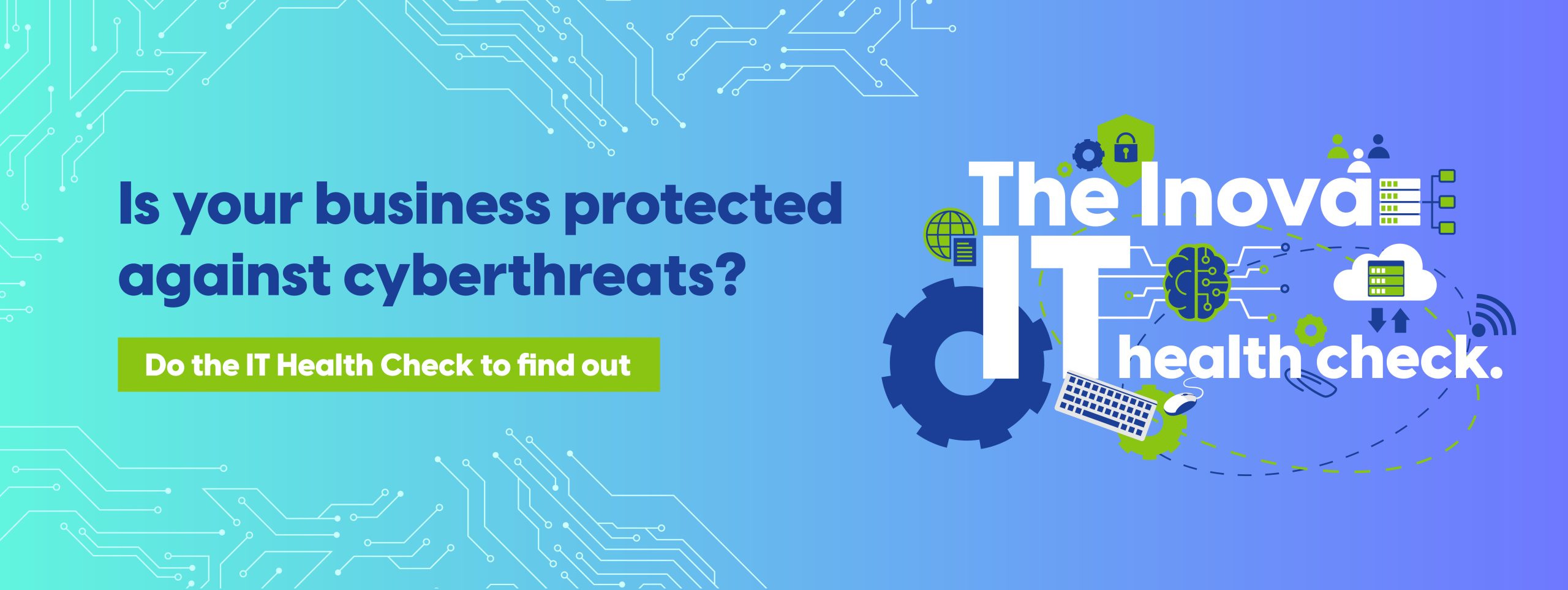This website uses cookies so that we can provide you with the best user experience possible. Cookie information is stored in your browser and performs functions such as recognising you when you return to our website and helping our team to understand which sections of the website you find most interesting and useful.
Blog

July 29, 2025
Why Your Business Needs a Business Continuity and Disaster Recovery Plan
Running a business is tough enough without having to worry about what happens when everything goes sideways. But as a Caribbean business owner, you know that disruptions aren’t a matter of “if”, they’re a matter of “when.”
We’ve already covered the various ways data loss can devastate your business, from hurricanes and hardware failures to human error and cyberattacks. But having backups is just one piece of a much larger puzzle.
What you really need is a comprehensive Business Continuity and Disaster Recovery (BCDR) plan that goes beyond just protecting your data. You need a strategy that keeps your entire business operational, even when the unexpected happens.
Beyond Backup: What BCDR Really Means
Think of BCDR as your business’s insurance policy and emergency response plan rolled into one. While backups protect your data, BCDR protects your entire operation.
Here’s the difference: if your server crashes and you have good backups, you can restore your files. But if Hurricane Bertha knocks out power for a week, having backups won’t help you serve customers, process orders, or keep your team productive.
That’s where business continuity planning comes in.
The Four Pillars of Effective BCDR
1. Comprehensive Protection Strategy
Your BCDR plan needs to protect more than just your files. It should safeguard your entire IT infrastructure – servers, workstations, mobile devices, cloud applications, and the connections between them.
This means ensuring that all your systems can work together seamlessly, whether your team is in the office, working from home during a storm, or operating from a temporary location.
2. Multi-Site Resilience
In our region, you can’t put all your eggs in one basket. Effective BCDR planning considers multiple scenarios: what happens if your office is damaged, your internet goes down, or your primary cloud provider has issues?
Your plan should account for hybrid environments where some systems are on-premises, others are in the cloud, and your team might be scattered across different locations with varying levels of connectivity.
3. Operational Continuity Focus
The goal isn’t just to recover your data – it’s to keep your business running. This means identifying your most critical business processes and ensuring they can continue even during disruptions.
Can your sales team still process orders? Can your accounting department still manage payroll? Can your customer service team still support clients? A good BCDR plan answers these questions before they become urgent problems.
4. Integrated Security and Compliance
Your BCDR strategy must work hand-in-hand with your cybersecurity measures. This includes ensuring that access controls remain intact during recovery, that sensitive data stays protected throughout the process, and that you can maintain compliance with any regulatory requirements your industry demands.
Building Your Foundation
These four pillars provide the framework for effective business continuity planning, but turning framework into action requires careful planning and the right approach.
The good news? You don’t have to figure this out alone or start from scratch.
While having a solid BCDR strategy is essential, the reality is that most Caribbean businesses struggle with implementation. You might understand what needs to be done, but between managing daily operations, dealing with limited IT resources, and navigating our unique regional challenges, actually building and maintaining these systems can feel overwhelming.
That’s where having the right partner makes all the difference.
At Inova Solutions, we’ve seen too many businesses create detailed BCDR plans that never get properly implemented or tested. Our Managed Services approach takes a different path, instead of just helping you plan for disasters, we work proactively to prevent them.
Through our Managed Services, we ensure your systems are continuously monitored, your Microsoft environment stays secure and updated, and your infrastructure is designed with resilience in mind from day one. Because the best disaster recovery plan is the one you never have to use.
Ready for what’s next?
Understanding these four pillars is just the beginning. In our next blog, we’ll discuss the hidden costs of not having a plan and why waiting could be more expensive than you think.
In the meantime, we’ve created a comprehensive checklist to help you start building a solid BCDR strategy for your business. This practical guide helps you take actionable steps right now.
Download our BCDR Planning Checklist and start protecting your business today.


